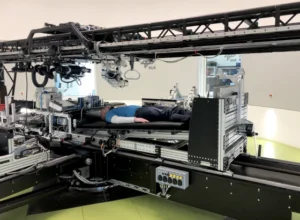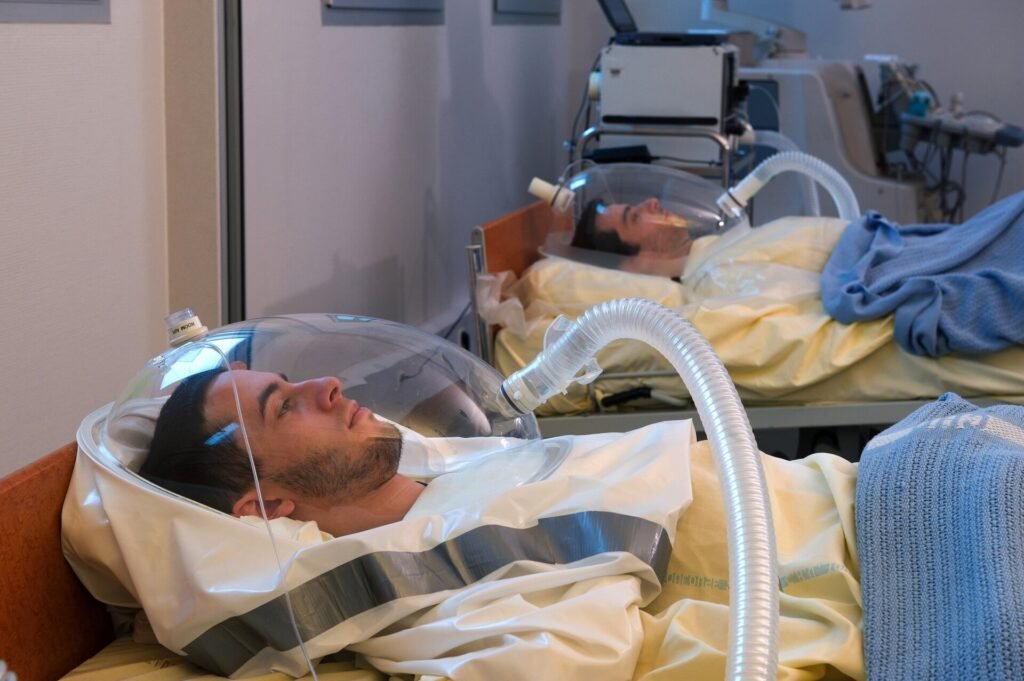ESA 60 days in bed for aspirant astronauts: The European Space Agency’s (ESA) bed rest experiment is a meticulously designed study aimed at simulating long-term spaceflight conditions, thereby providing crucial insights into the physiological changes that occur in the human body during such missions. As humanity begins to consider deeper space explorations, especially missions to Mars, understanding the effects of microgravity and prolonged periods of inactivity on astronauts becomes increasingly vital. The experiment serves to replicate the unique challenges faced by astronauts, facilitating a deeper comprehension of the potential health risks associated with extended space travel.
One significant concern is the deterioration of muscle mass and bone density, phenomena that have been observed in astronauts during space missions. These changes can lead to serious complications, not only during the mission but also upon returning to Earth’s gravitational environment. The ESA’s study intends to gather quantifiable data on these alterations, equipping scientists with valuable information to develop countermeasures that can be employed to mitigate such risks. The experiment’s focus on muscle and bone loss allows researchers to explore the underlying mechanisms causing these changes and assess the effectiveness of potential interventions, such as exercise regimes and nutritional strategies. https://scienceandaerospace.blog/why-are-astronauts-printing-human-organs-in-space/
Moreover, cardiovascular health is another critical area of investigation. Prolonged bed rest creates a condition reminiscent of microgravity, where blood flow and heart function may be adversely affected. Researchers will closely observe cardiovascular changes, contributing to advancements in understanding how these adaptations occur and identifying ways to maintain heart health. Additionally, metabolic functions during extended inactivity will also be scrutinized, providing a comprehensive overview of how reduced physical activity impacts overall health. The data obtained from this groundbreaking study is of paramount importance, as it will significantly inform future guidelines and practices to safeguard the well-being of astronauts on upcoming deep space missions.

Experiment Details: Life in Bed for 60 Days
The 60-day bed rest experiment conducted by the European Space Agency (ESA) simulates the physiological effects of prolonged inactivity, mirroring what astronauts experience in microgravity. Participants reside in a specially designed facility, where the bed is inclined at a 6-degree angle. This slight elevation replicates the fluid shift that occurs in astronauts’ bodies during space missions. Importantly, participants must keep at least one shoulder in contact with the bed, restricting mobility and further enhancing the microgravity simulation.
During these two months, participants undergo a meticulously structured lifestyle to ensure comprehensive monitoring of their health and psychological state. Daily routines include waking up and preparing for various medical assessments that examine their physiological responses to a sedentary lifestyle. These assessments cover cardiovascular function, muscle mass preservation, and bone density, to ascertain the physical impact of long-term bed rest.
Alongside medical evaluations, participants face psychological challenges inherent in such extreme restrictions on movement. The monotonous routine, coupled with limited interaction with the outside world, necessitates strategies to cope with potential isolation or distress. Researchers closely observe these psychological factors, as understanding mental resilience in the face of confinement is as crucial as physical health metrics.
The study design incorporates assessments to track changes in mood, cognition, and stress levels, ensuring a holistic approach to understanding the consequences of immobilization. With these parameters in place, ESA aims to gather valuable insights that will inform future space missions and health strategies for individuals experiencing prolonged periods of inactivity.
The Role of Technology and Innovation in the Study
The ESA’s groundbreaking study on bed rest presents an important examination of the role technology and innovation play in maintaining physical health during prolonged inactivity. One of the standout advancements introduced in the study is the exercise machine being developed by Reactive Jump, which aims to counteract the detrimental effects of muscle and bone atrophy experienced in conventional bed rest scenarios. This innovative machine leverages advanced technologies to simulate the physical demands of traditional exercise, enabling individuals to engage in resistance training without requiring extensive movement.
The Reactive Jump machine has been designed specifically to address the unique challenges posed by long durations of inactivity. By mimicking the stresses and strains typically associated with active physical engagement, the machine promotes effective muscle stimulus, thereby helping to maintain muscle strength and bone density. This proactive approach is particularly crucial, given that previous spaceflight studies have consistently highlighted significant health deterioration among astronauts due to prolonged exposure to microgravity. The bed rest study successfully highlights how incorporating such advanced technology can help mitigate these adverse effects.
Moreover, the innovative methods employed in this study have far-reaching implications beyond simply treating the immediate challenges of bed rest. As space exploration strives for longer missions, the integration of sophisticated exercise equipment and rehabilitation techniques will be essential in preparing astronauts for the physical demands of life beyond Earth’s atmosphere. The ability to adapt exercise regimens through technology not only enhances muscle maintenance but also positively impacts psychological well-being, which is vital for morale in confined environments.
Overall, the inclusion of advanced technology in the ESA’s study serves as a promising indication of how future astronaut training and mission preparation can evolve. By optimizing health protocols with innovative solutions, space agencies can better equip their personnel for the challenges of long-term space habitation, paving the way for safer and more effective interplanetary exploration.
The Participants: Committed to Science and Exploration
“The 60-Day Bed Rest Experiment, led by the European Space Agency (ESA), features a remarkable group of astronaut volunteers. These individuals embody the pinnacle of dedication to science and exploration. Each astronaut has undergone rigorous training and evaluation to withstand the challenges of extended bed rest, simulating the conditions of spaceflight.
Driven by a desire to contribute to future space missions, the volunteers sacrifice personal comforts and endure restricted privacy and constant monitoring. They recognize the importance of their role in understanding the effects of long-duration spaceflight on the human body.
This study investigates the physical and psychological challenges faced by future space travelers. The astronauts’ commitment provides crucial data for developing countermeasures to the physiological changes that occur during prolonged bed rest.
The bravery and determination of these volunteers not only advance space travel but also reflect the human spirit of exploration. Their participation underscores the importance of collaborative efforts in expanding humanity’s reach into the cosmos


